How To Buy A Woodland
- September 5, 2024
- 0 comment
Buy a woodland can be a fulfilling and rewarding experience. It offers a unique chance to connect with nature, take part in protecting the environment, and even make money. However, it is important to think carefully and do a lot of research before buying a woodland. This guide will show you the steps and important things to think about when purchasing a woodland.
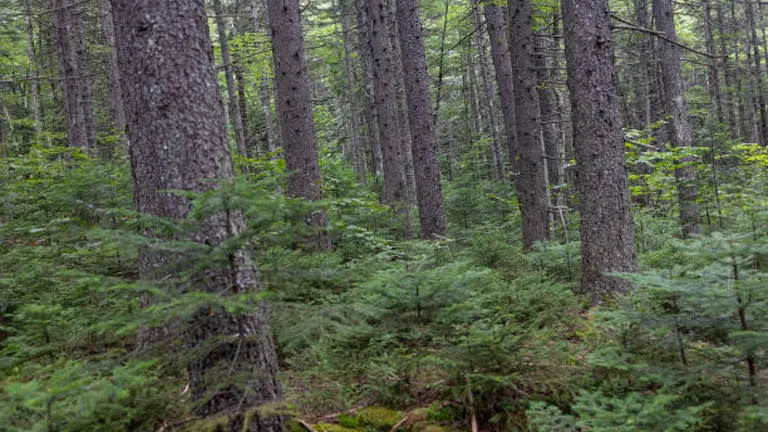
Owning a woodland provides numerous benefits, including recreational space, conservation opportunities, potential income, and health benefits. Spending time in nature has been shown to improve mental and physical well-being, reducing stress and enhancing happiness. By owning a woodland, you can contribute to biodiversity and conservation efforts, protecting native species and habitats.
While it may not be easy to make money from woodland, opportunities exist through timber sales, firewood production, and eco-tourism activities like camping or adventure sports. Woodlands offer a peaceful retreat from urban life, allowing you to enjoy activities like hiking, camping, and wildlife watching.
Understanding the Benefits of Owning Woodland
Owning a woodland provides numerous benefits, including:
- Recreational Space: Woodlands offer a peaceful retreat from urban life, allowing you to enjoy activities like hiking, camping, and wildlife watching.
- Conservation Opportunities: By owning a woodland, you can contribute to biodiversity and conservation efforts, protecting native species and habitats.
- Potential Income: While it may not be easy to make money from woodland, opportunities exist through timber sales, firewood production, and eco-tourism activities like camping or adventure sports.
- Health Benefits: Spending time in nature has been shown to improve mental and physical well-being, reducing stress and enhancing happiness.
Initial Considerations Before Buying
Before diving into the purchase, consider the following factors:
- Location: Choose a woodland that is easily accessible. Proximity to your home can make visits more frequent and enjoyable.
- Size and Type: Determine how much land you want. Woodlands can vary greatly in size and type (commercial vs. amenity). Commercial woodlands are typically used for timber production, while amenity woodlands are more for personal enjoyment and recreation.
- Legal Restrictions: Investigate any legal constraints on the land. This includes checking for tree preservation orders, public rights of way, and any covenants that may restrict your use of the land.
- Wildlife Considerations: Be aware of any protected species or habitats on the property. This may affect how you manage the woodland.
- Management Needs: Assess the current condition of the woodland. Is it well-maintained, or will it require significant work? Understanding the management requirements is crucial for long-term ownership.
Financing Your Woodland Purchase
Most woodland buyers pay in cash, but there are other financing options available:
- Mortgages: Some buyers choose to borrow against their current home or take out a mortgage specifically for the woodland. Certain lenders, like the Ecology Building Society, specialize in loans for environmentally friendly projects.
- Joint Purchases: Consider sharing the purchase with friends or family to reduce costs. This can also make managing the woodland more enjoyable.
- Pension Funds: Some individuals use their pension funds to invest in woodlands, provided they can demonstrate a commercial management plan.
The Buying Process
The process of buying woodland is generally straightforward compared to purchasing a house. Here are the key steps involved:
- Finding the Right Woodland: Use online platforms, local listings, or woodland brokers to find available woodlands for sale.
- Conducting Due Diligence: Once you find a woodland you like, conduct thorough research. This includes checking the title deeds, understanding any restrictions, and assessing the woodland’s condition.
- Making an Offer: If everything checks out, make an offer to the seller. This often involves a 10% deposit.
- Legal Process: Engage a solicitor who specializes in land purchases. They will handle the legal aspects, including contracts and searches.
- Completion: Once all legalities are settled, complete the purchase by paying the remaining balance. In England and Wales, this process typically takes about four weeks.
Post-Purchase Responsibilities
Owning woodland comes with important responsibilities that you should be aware of to ensure the land remains healthy and enjoyable for everyone. Here are some key areas to focus on:
Management
- Regularly inspect the woodland for health and safety issues, such as dangerous trees or invasive species
- Look for plants or animals that do not belong in the area and can disrupt the natural balance
- Consider hiring a professional forester or land manager to help maintain the woodland
Public Liability Insurance
- Obtain public liability insurance if you plan to let others visit your woodland
- This type of insurance protects you in case someone gets hurt while on your property and decides to make a claim
- It provides peace of mind, knowing that you are covered for any accidents that might happen
Legal Compliance
- Stay updated on any laws that may affect your woodland, including wildlife protection laws and land use regulations
- Understand these laws to avoid legal issues and ensure responsible use of your woodland
Community Engagement
- If your woodland is open to the public, consider getting involved with the local community
- Organize events, such as nature walks or educational workshops, to help people appreciate and learn about the environment
- Engaging with the community can enhance your enjoyment of the woodland and foster a sense of stewardship
- Building relationships with neighbors and local organizations can lead to valuable support and resources for managing your woodland effectively
Conclusion
Buying a woodland is an exciting journey that offers many benefits, from enjoying nature to contributing to conservation efforts. However, it also comes with responsibilities that require careful management and engagement with the community.
By understanding the key aspects of woodland ownership, including management, legal compliance, and community involvement, you can create a thriving environment that not only enriches your life but also supports local wildlife and ecosystems. Whether you seek a peaceful retreat, a place for recreation, or an opportunity for sustainable income, owning woodland can be a deeply rewarding experience that connects you with nature and your community.
Frequently Asked Questions
1. What should I consider before buying woodland?
Before purchasing woodland, consider factors like location, size, type of woodland, legal restrictions, wildlife considerations, and management needs.
2. How do I find woodland for sale?
You can find woodland for sale through online listings, local real estate agents, woodland brokers, or specialized websites that focus on land sales.
3. What are the costs associated with buying woodland?
Costs can include the purchase price, legal fees, land surveys, insurance, and ongoing management expenses such as maintenance and taxes.
4. Do I need a survey before buying woodland?
Yes, it’s advisable to have a land survey conducted to understand the boundaries, access points, and any potential issues with the land.
5. Is it necessary to have public liability insurance?
While not legally required, public liability insurance is recommended if you plan to allow visitors to your woodland, as it protects you from potential claims.
6. Can I build on my woodland?
Building on woodland may be subject to local zoning laws and regulations. Check with your local authority to understand what is allowed.
7. How can I manage my woodland effectively?
Regular inspections, hiring professionals for advice, and following sustainable practices are key to effective woodland management.
8. What are invasive species, and why are they a concern?
Invasive species are non-native plants or animals that can harm local ecosystems. They can outcompete native species for resources, disrupting the balance of the environment.
9. How can I engage with my local community regarding my woodland?
You can organize community events, collaborate with local schools for educational programs, or partner with conservation groups to promote awareness and stewardship.
10. What are the long-term benefits of owning woodland?
Long-term benefits include enhanced mental and physical well-being, opportunities for sustainable income, conservation of local wildlife, and a lasting legacy for future generations.
We hope this guide on how to buy woodland has equipped you with the essential information needed to navigate the purchasing process confidently. Whether you aim to create a peaceful retreat, engage in sustainable land management, or contribute positively to the environment, understanding key aspects like location, legal requirements, and community involvement is vital.
If you have experiences or tips related to woodland ownership, we encourage you to share them in the comments below. Your insights could be invaluable to others embarking on their own woodland journey. Don’t hesitate to share this guide with anyone who might benefit from it, and we wish you the best of luck in your exciting adventure of owning woodland!



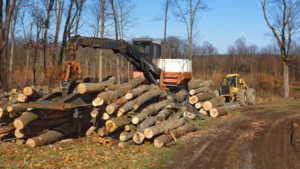
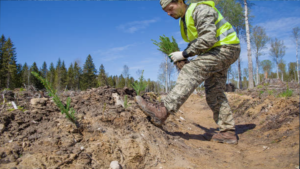



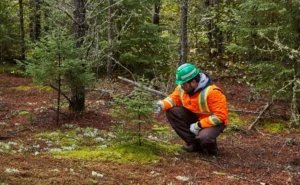
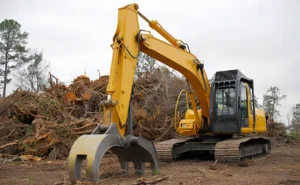



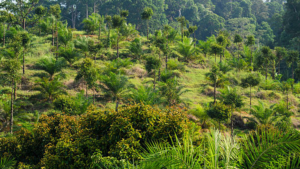
Leave your comment